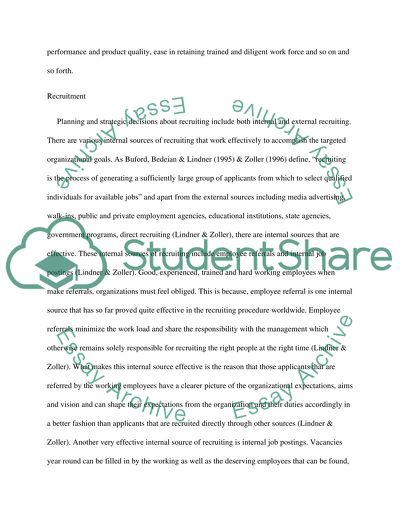Cite this document
(“Analyzing aspects of the employment process Essay”, n.d.)
Retrieved from https://studentshare.org/miscellaneous/1501087-analyzing-aspects-of-the-employment-process
Retrieved from https://studentshare.org/miscellaneous/1501087-analyzing-aspects-of-the-employment-process
(Analyzing Aspects of the Employment Process Essay)
https://studentshare.org/miscellaneous/1501087-analyzing-aspects-of-the-employment-process.
https://studentshare.org/miscellaneous/1501087-analyzing-aspects-of-the-employment-process.
“Analyzing Aspects of the Employment Process Essay”, n.d. https://studentshare.org/miscellaneous/1501087-analyzing-aspects-of-the-employment-process.


